Building strong neck muscles is an essential yet often overlooked part of a complete fitness routine. Whether you're looking to improve posture, increase athletic performance, or prevent injuries, training your neck muscles can provide a range of benefits. In this article, we’ll guide you through the most effective neck training exercises and share tips on how to train your neck muscles properly.
Why Developing Neck Muscles is Important
A strong neck is crucial for supporting the head and spine, improving posture, and enhancing athletic performance. Athletes in contact sports like football, rugby, and wrestling often prioritize neck training to prevent injury and improve strength. Additionally, a well-developed neck can help reduce the risk of strain and discomfort, especially for people who sit for extended periods or have poor posture.
How to Train Your Neck Muscles
When it comes to neck training exercises, it’s important to work all the muscles in the neck, including the anterior, posterior, and lateral neck muscles. Just like any other muscle group, developing neck muscles requires consistent training with the right exercises, proper form, and gradual progression.
1. Neck Flexion
Neck flexion is one of the most basic neck training exercises. To perform this move:
- Sit or stand with your back straight.
- Place your hands on your forehead or use a neck harness for added resistance.
- Slowly lower your head toward your chest, feeling the stretch in the back of your neck.
- Return to the starting position and repeat.
This exercise targets the front of the neck and helps develop the strongest neck muscles for forward movement.
2. Neck Extension
Neck extension strengthens the muscles in the back of the neck. Here’s how to do it:
- Sit or stand up straight with your chin slightly tucked.
- Use your hands or a neck harness to provide resistance.
- Slowly tilt your head backward, looking up toward the ceiling, and then return to the starting position.
- Perform this exercise slowly and with control to avoid injury.
Neck extension exercises are great for developing neck muscles that support extension movements.
3. Lateral Neck Flexion
Lateral neck flexion helps develop the muscles on the sides of the neck. Here’s how to do it:
- Sit or stand tall, keeping your posture neutral.
- Slowly lower your ear toward your shoulder while resisting the movement with your hand.
- Hold briefly at the end of the movement and return to the starting position.
- Repeat on both sides to equally train the muscles.
Lateral neck flexion will help you develop balanced neck strength and improve overall flexibility.
4. Neck Bridges
Neck bridges are a popular exercise for wrestlers and athletes looking to develop strong neck muscles. To perform a neck bridge:
- Lie flat on your back with your feet planted and knees bent.
- Tuck your chin to your chest and lift your hips off the ground, creating a bridge position with your neck supporting your weight.
- Hold the position briefly and slowly lower yourself back down.
Neck bridges are an excellent way to build strength and stability in the neck, particularly for contact sports.
5. Shrugs
While typically used for the upper traps, shrugs also target the neck muscles. Here’s how to do them:
- Stand with a barbell or dumbbells in hand and your arms at your sides.
- Keep your torso straight and shrug your shoulders as high as possible, squeezing your traps and neck muscles at the top of the movement.
- Slowly lower back down and repeat.
Although shrugs primarily target the traps, they also engage the muscles in the neck, helping to develop neck muscles over time.
Key Tips for Training Your Neck Safely
- Start with Light Resistance: The neck is a sensitive area, so begin with minimal resistance and gradually increase the weight as your muscles become stronger.
- Focus on Form: Always prioritize proper form to avoid injury. Never force a movement or use jerky motions when training your neck muscles.
- Allow Recovery Time: Neck muscles can take time to recover. Avoid overtraining and give your muscles enough rest between sessions.
- Stretch Regularly: Incorporating neck stretches into your routine will improve flexibility and prevent tightness and discomfort.
Conclusion
Building neck muscles is a vital part of any fitness program, especially for those looking to improve posture, performance, or prevent injury. By incorporating neck training exercises like neck flexion, extension, lateral flexion, neck bridges, and shrugs into your routine, you can develop strongest neck muscles that support overall strength and health. Remember, consistency and proper technique are key when it comes to how to train your neck muscles effectively.

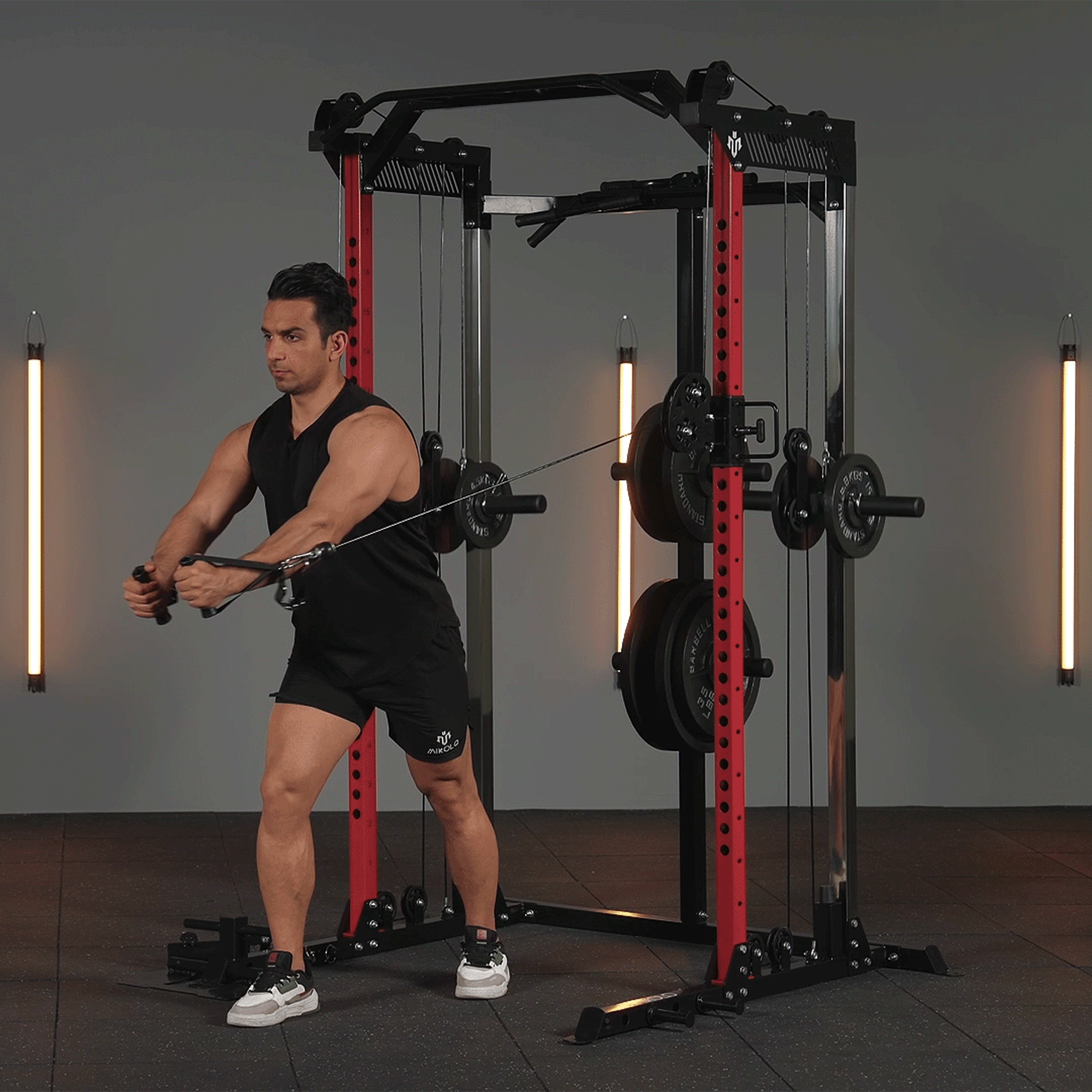
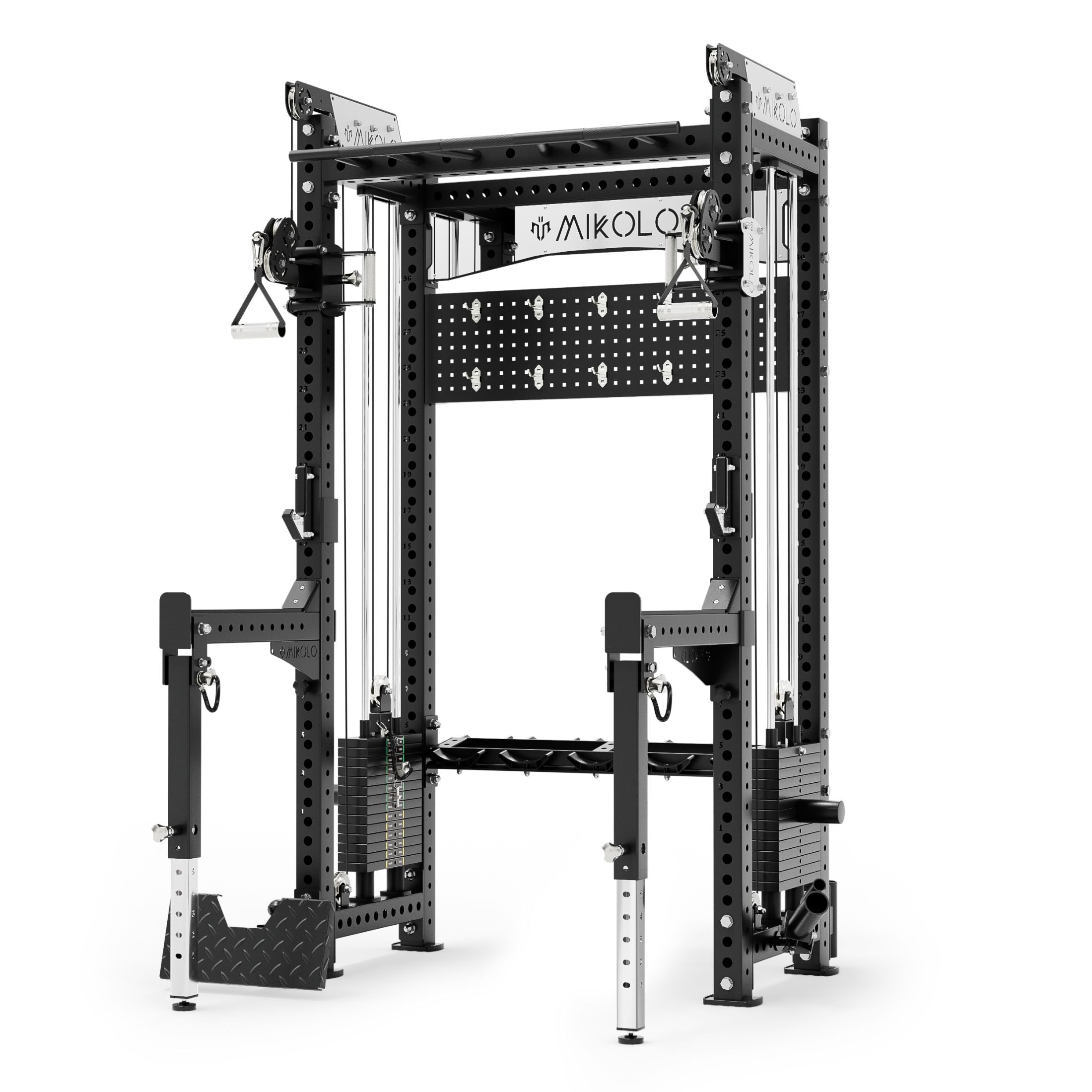
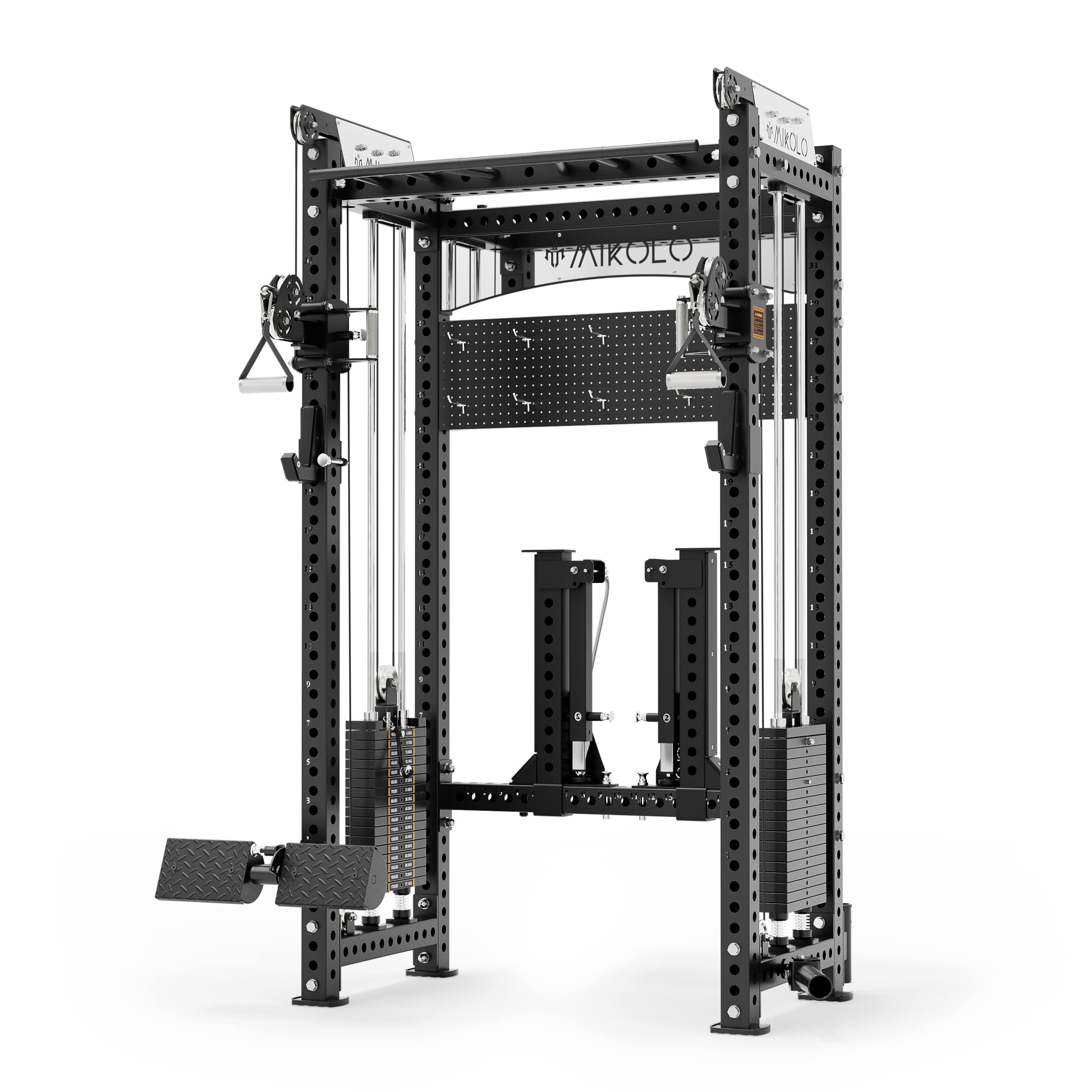
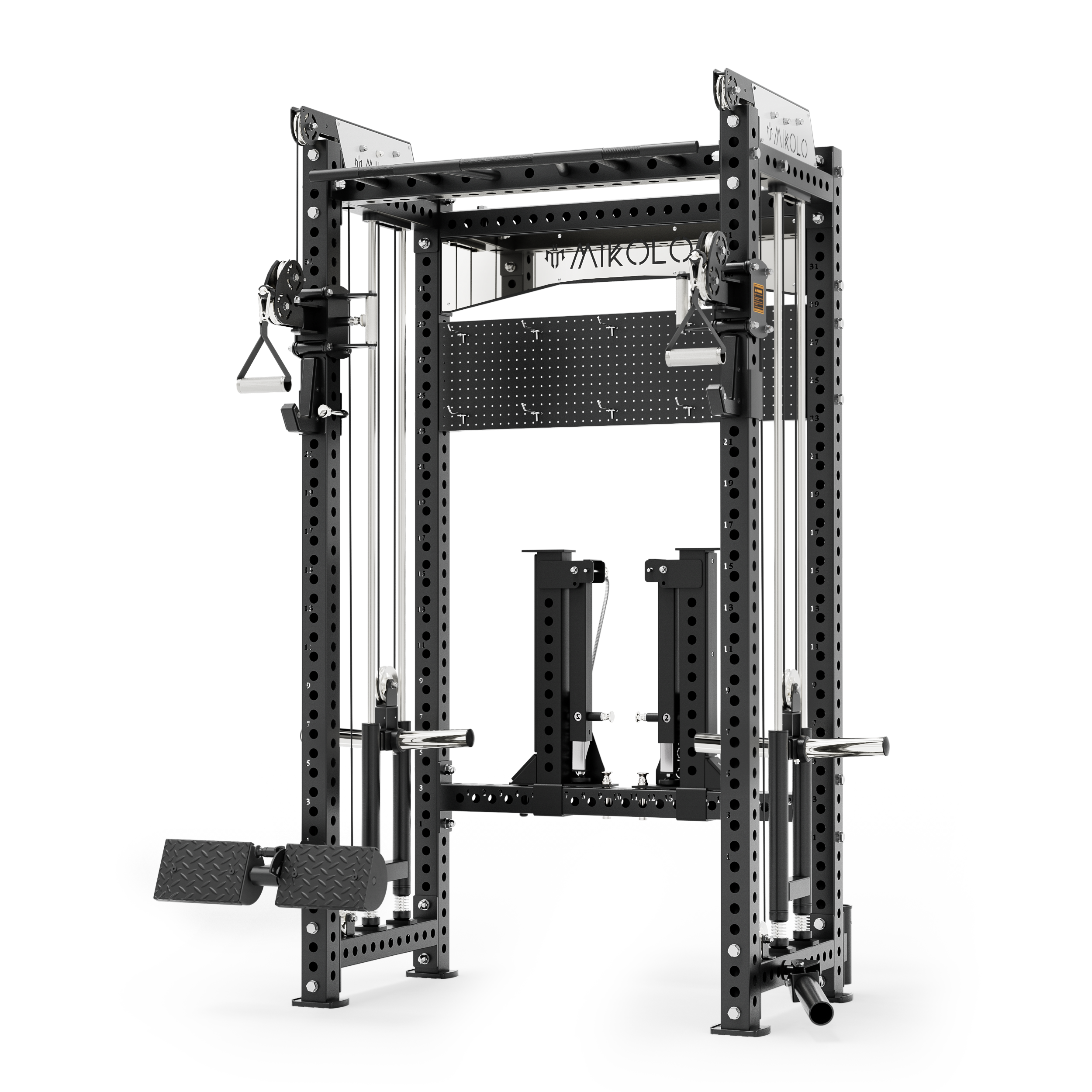
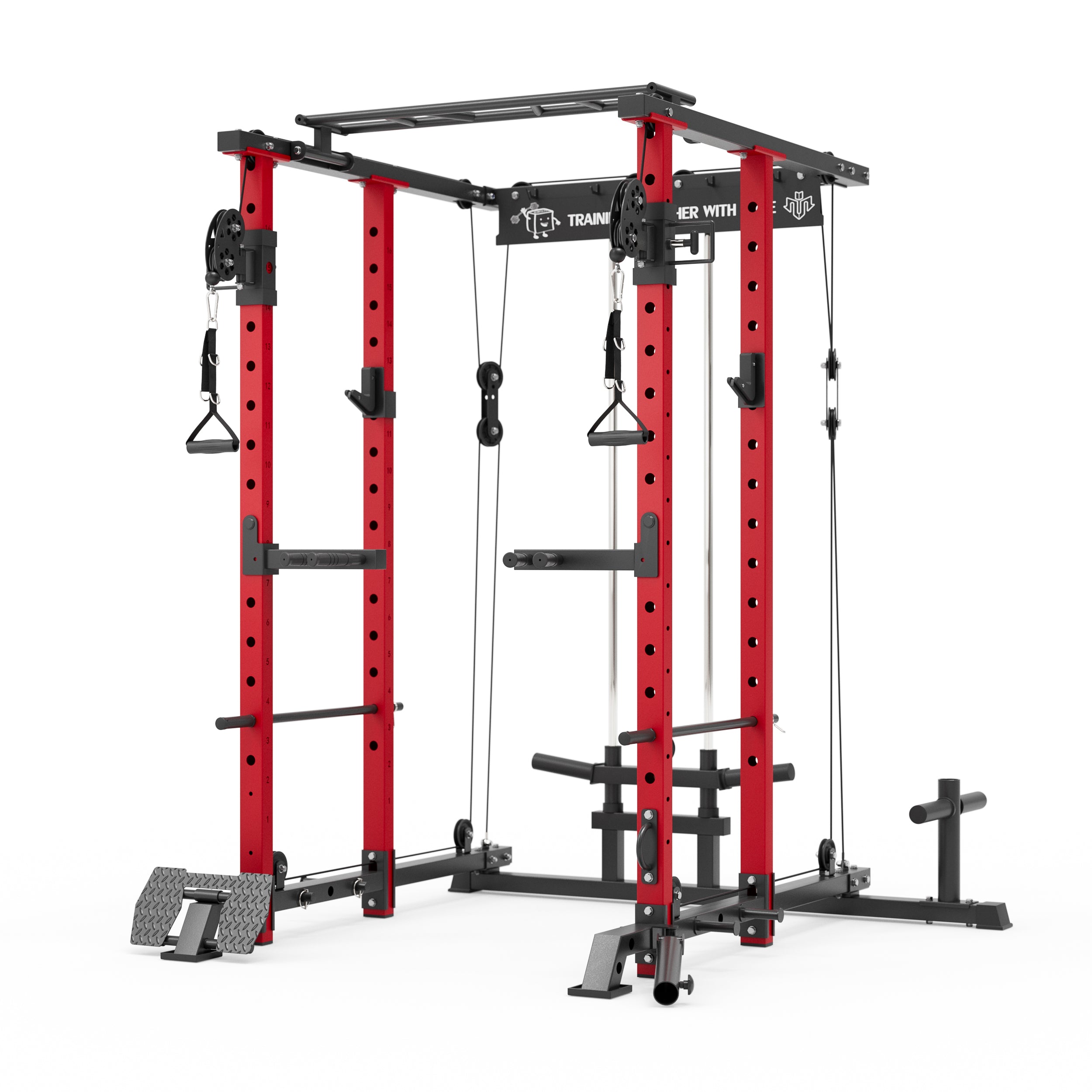
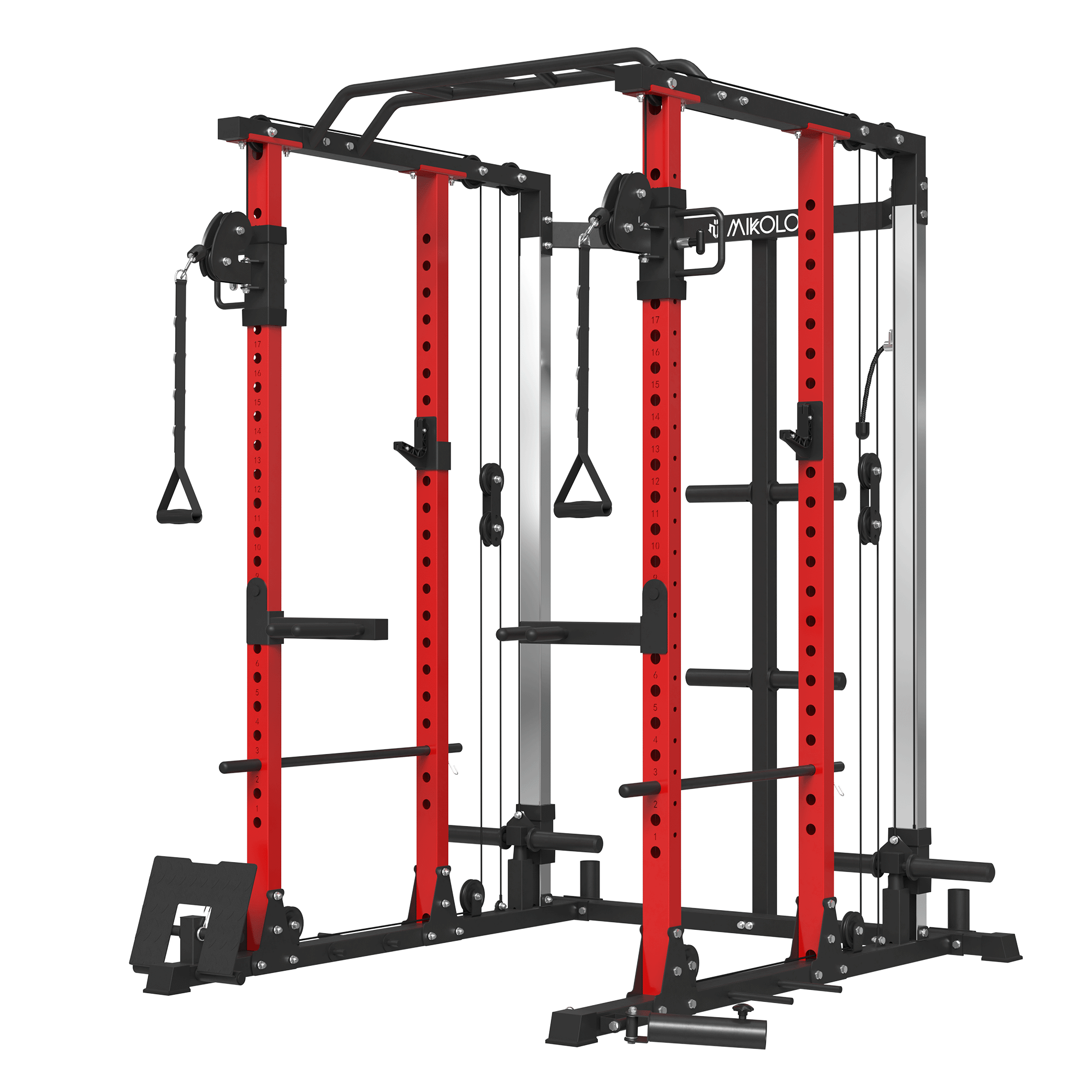
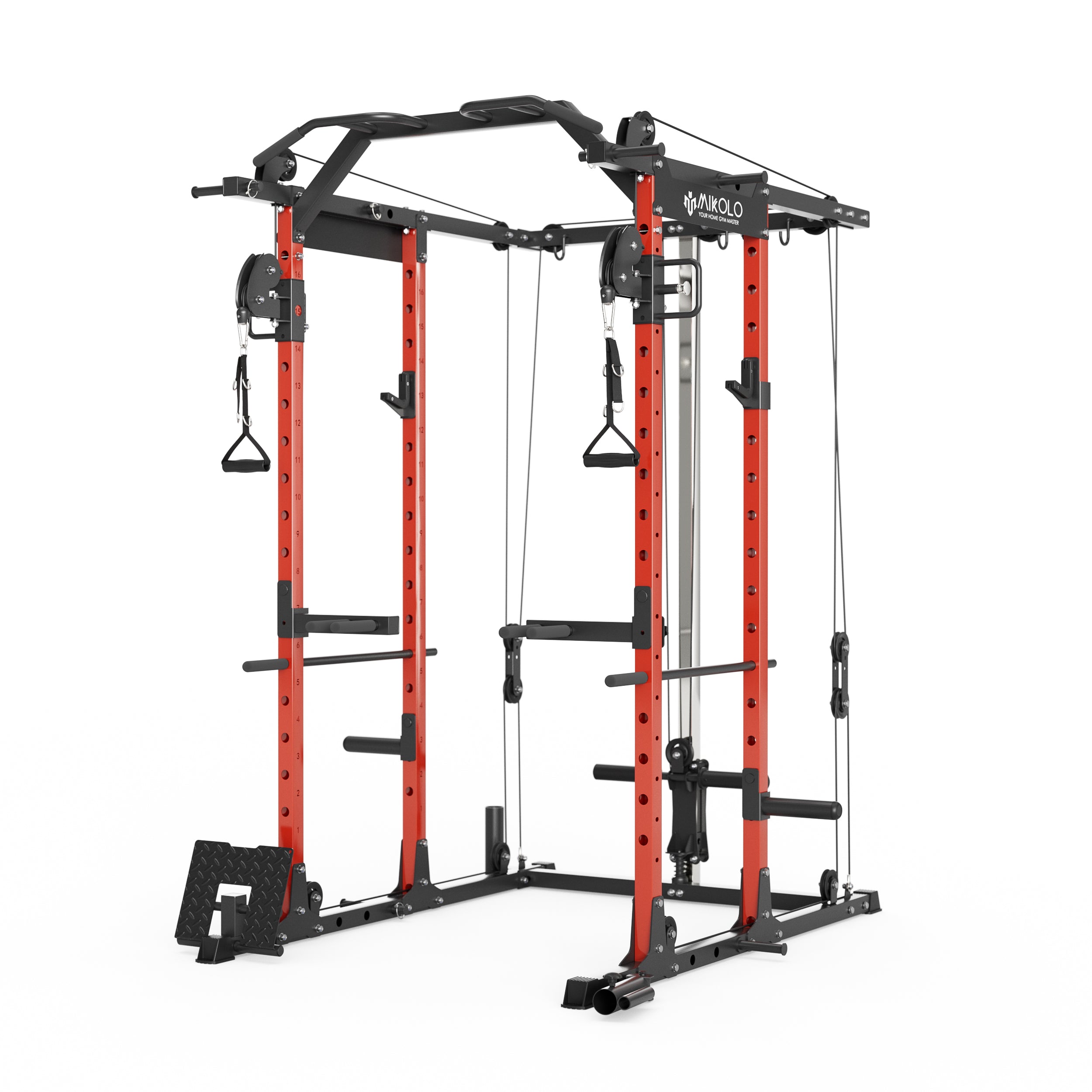
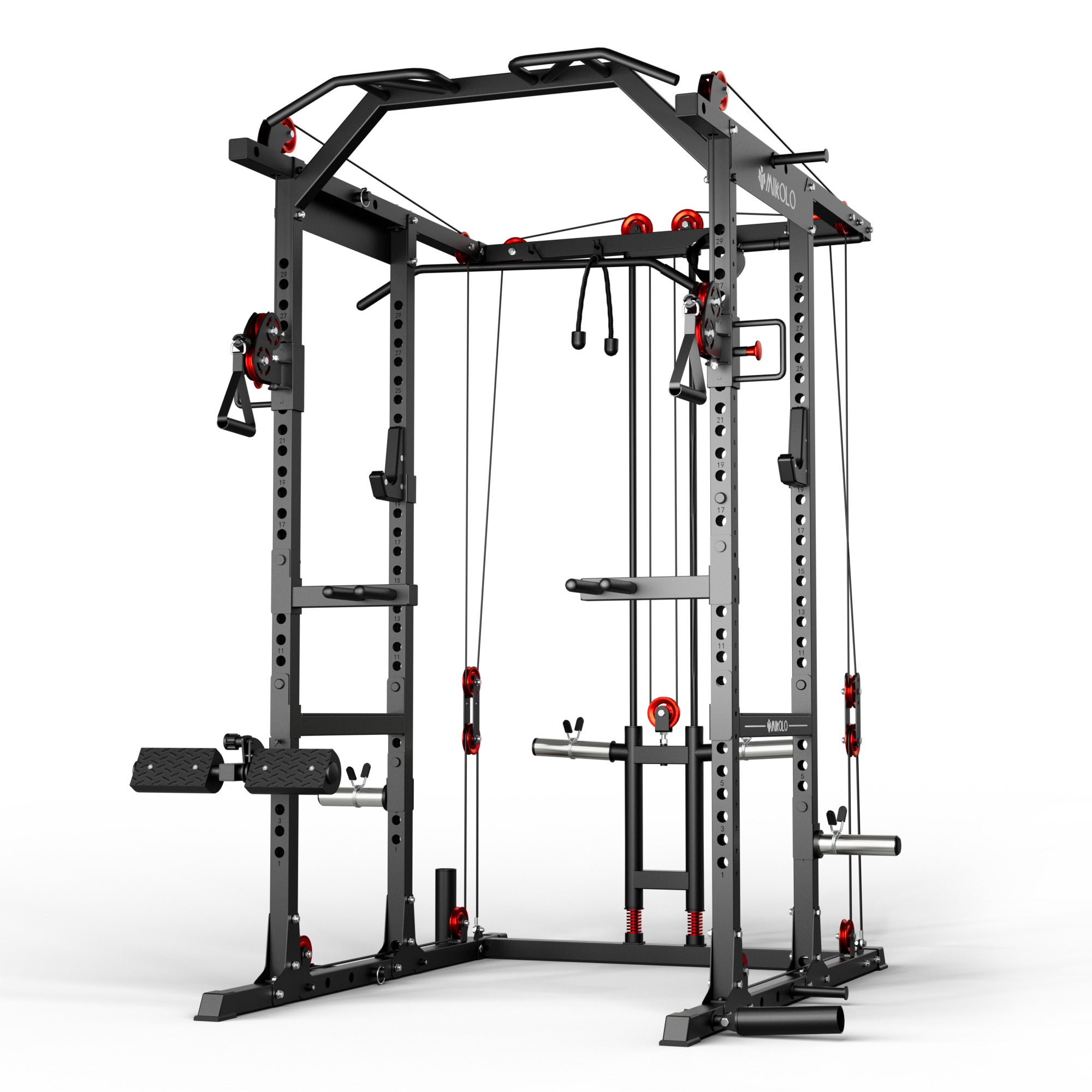
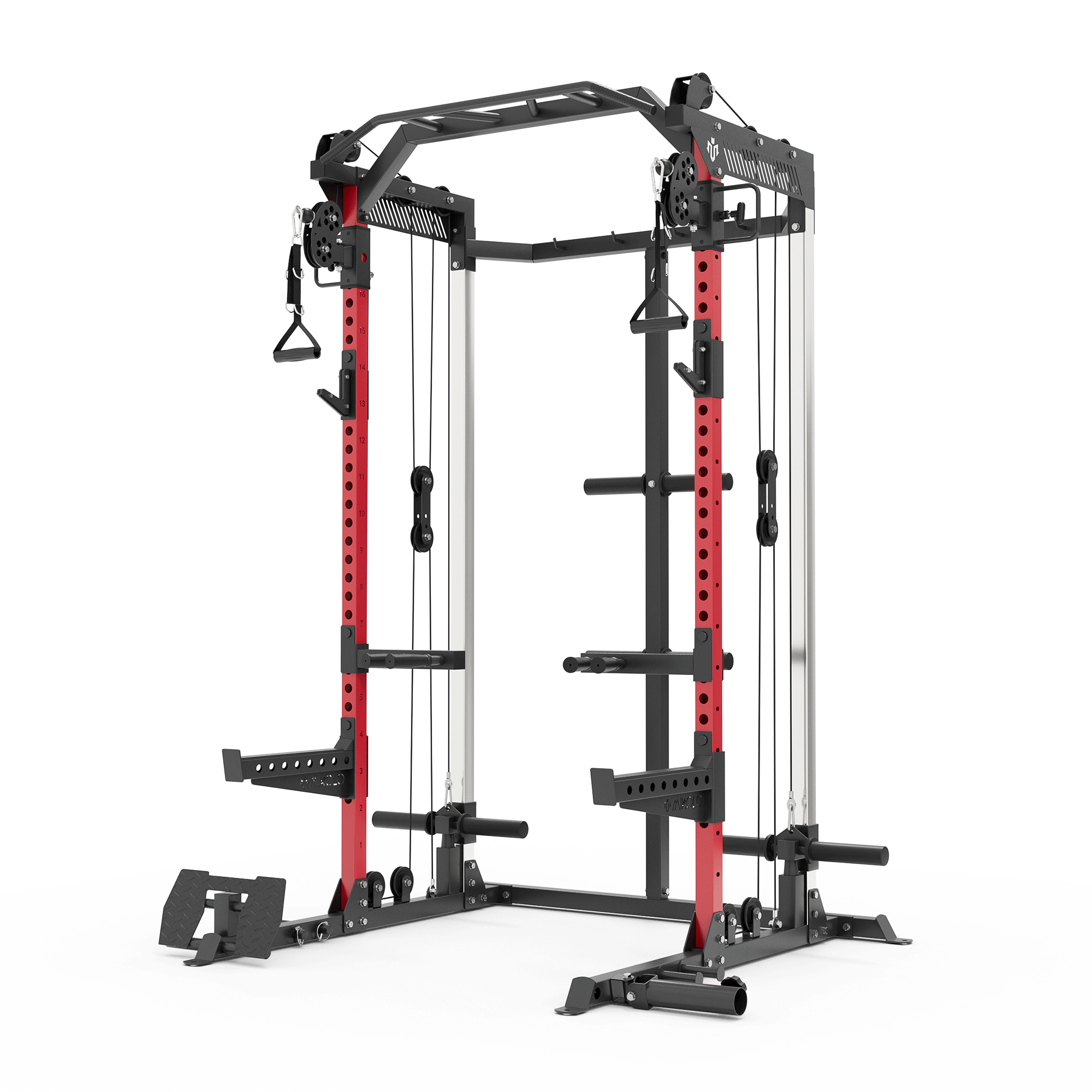
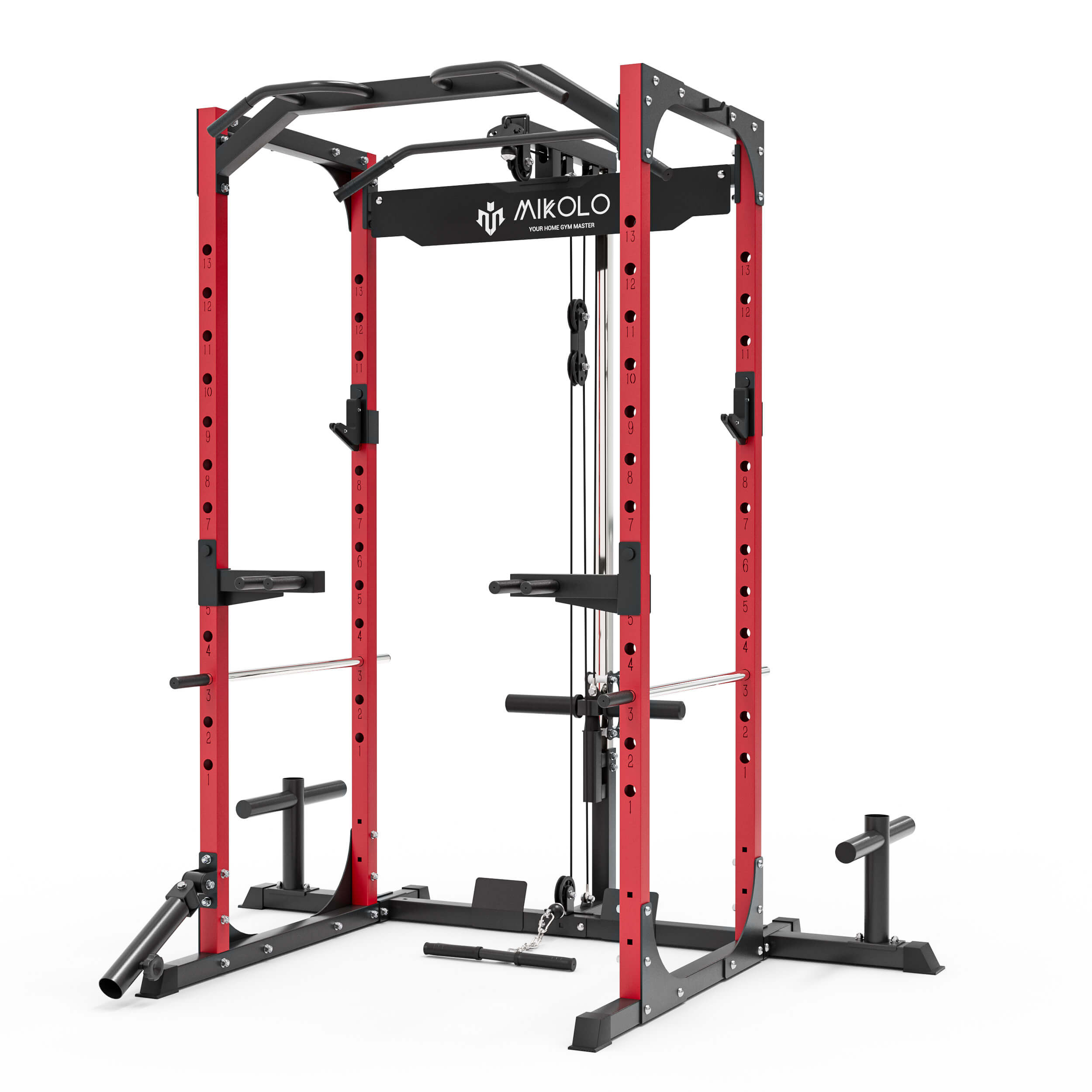
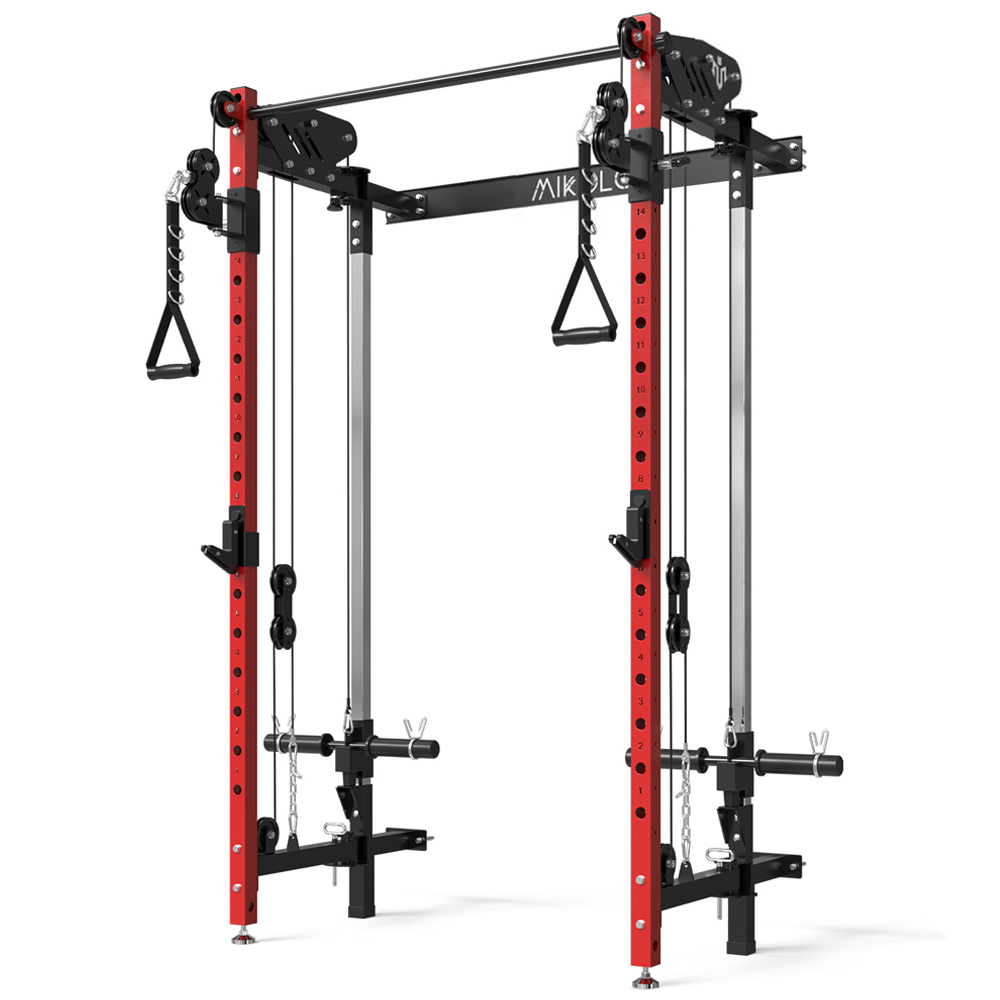
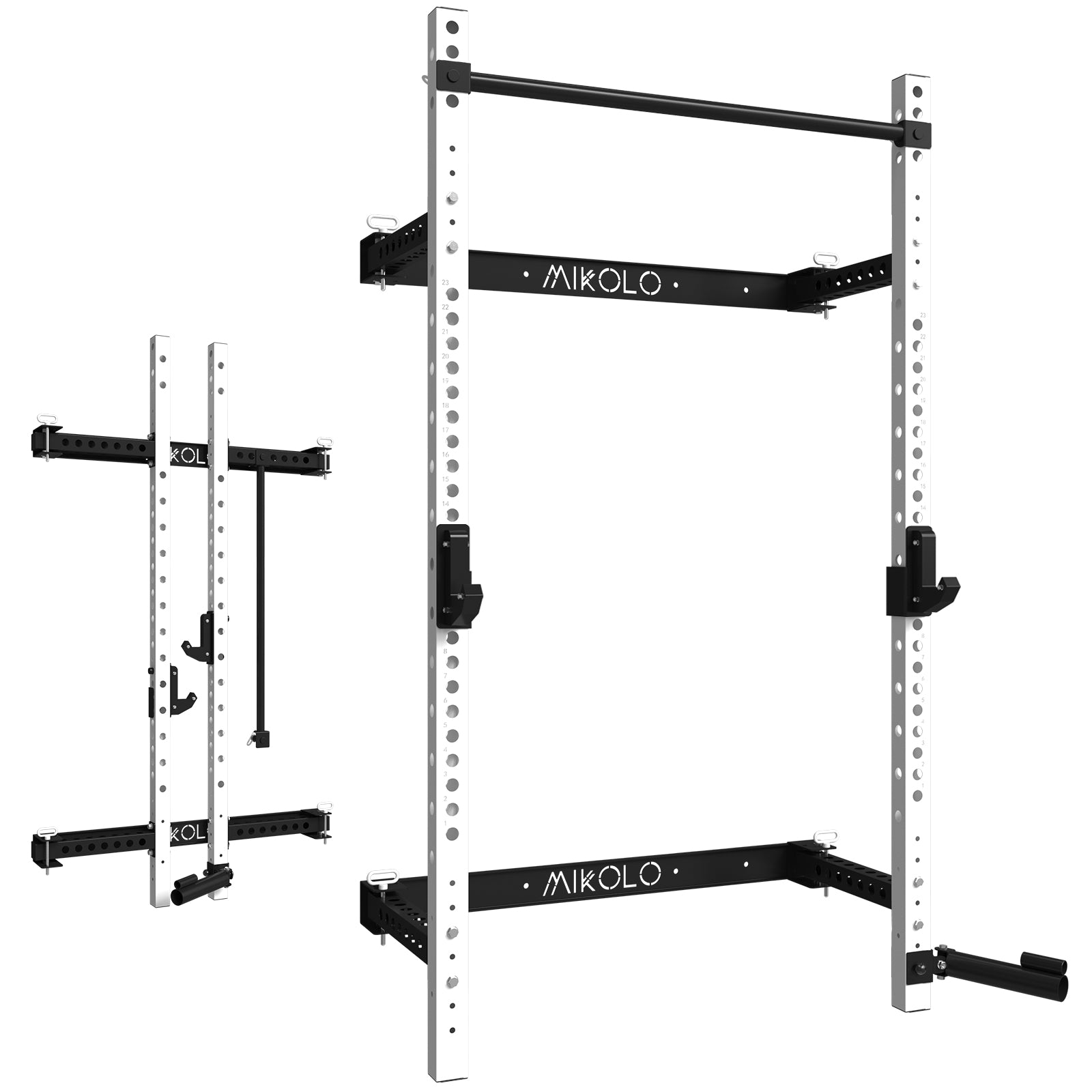

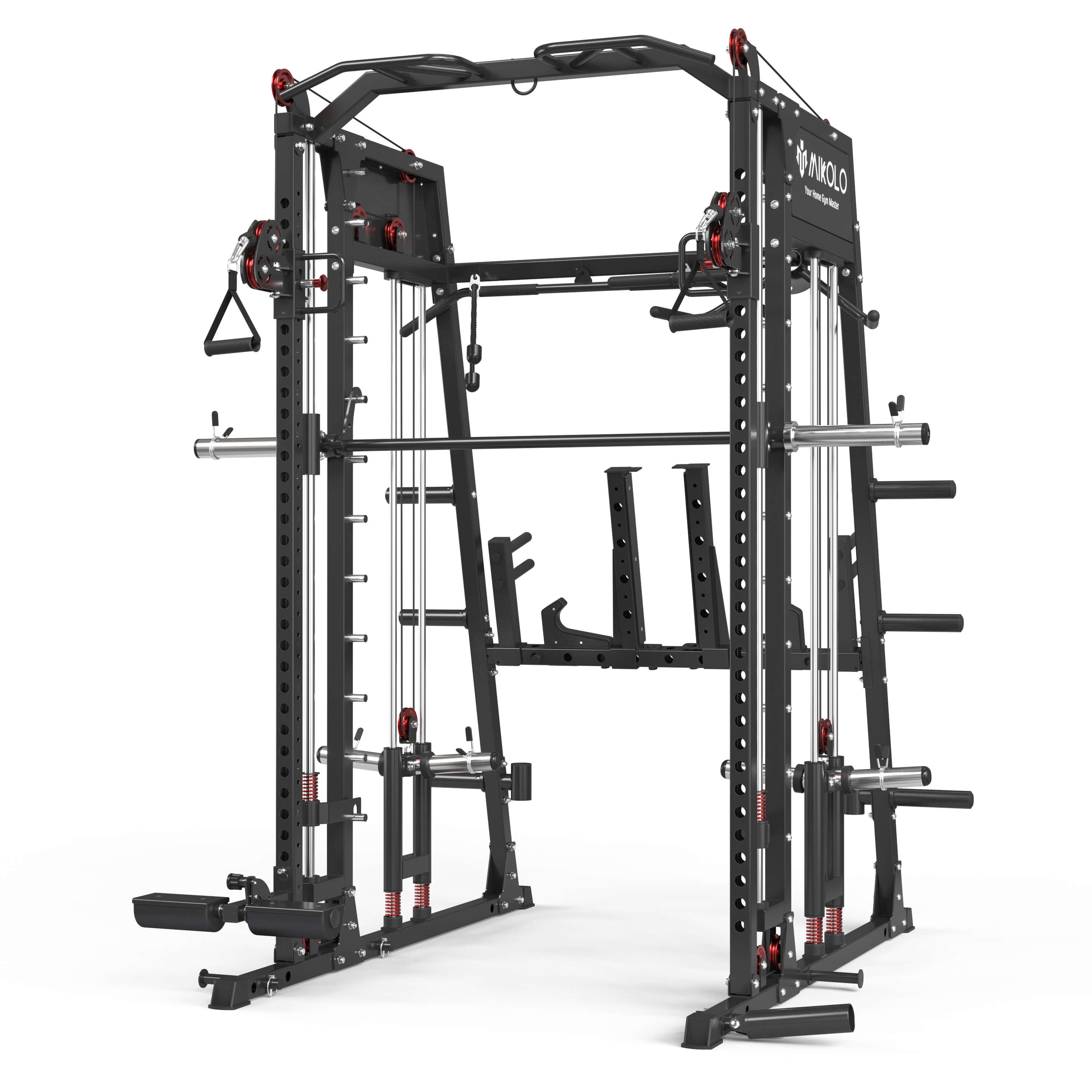

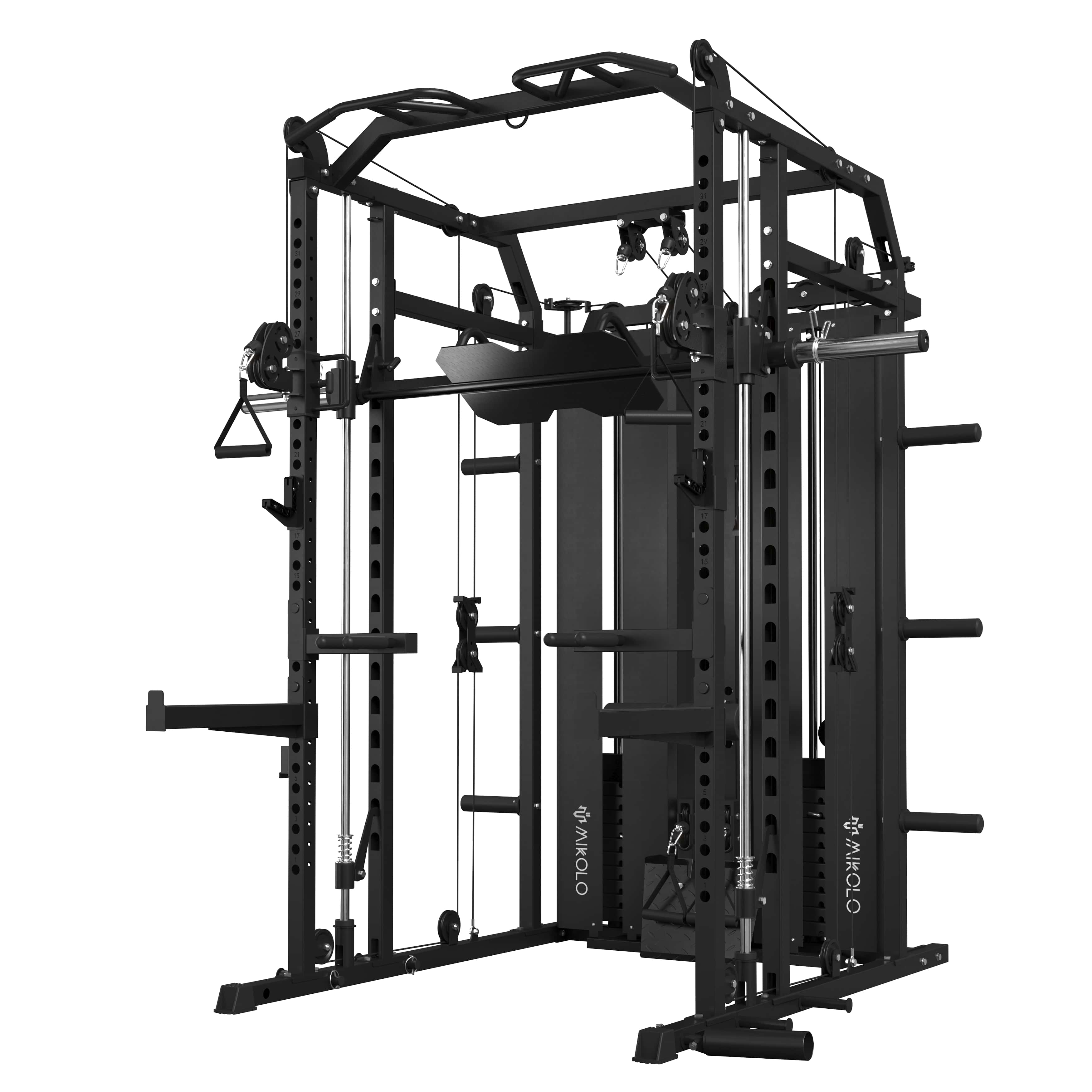
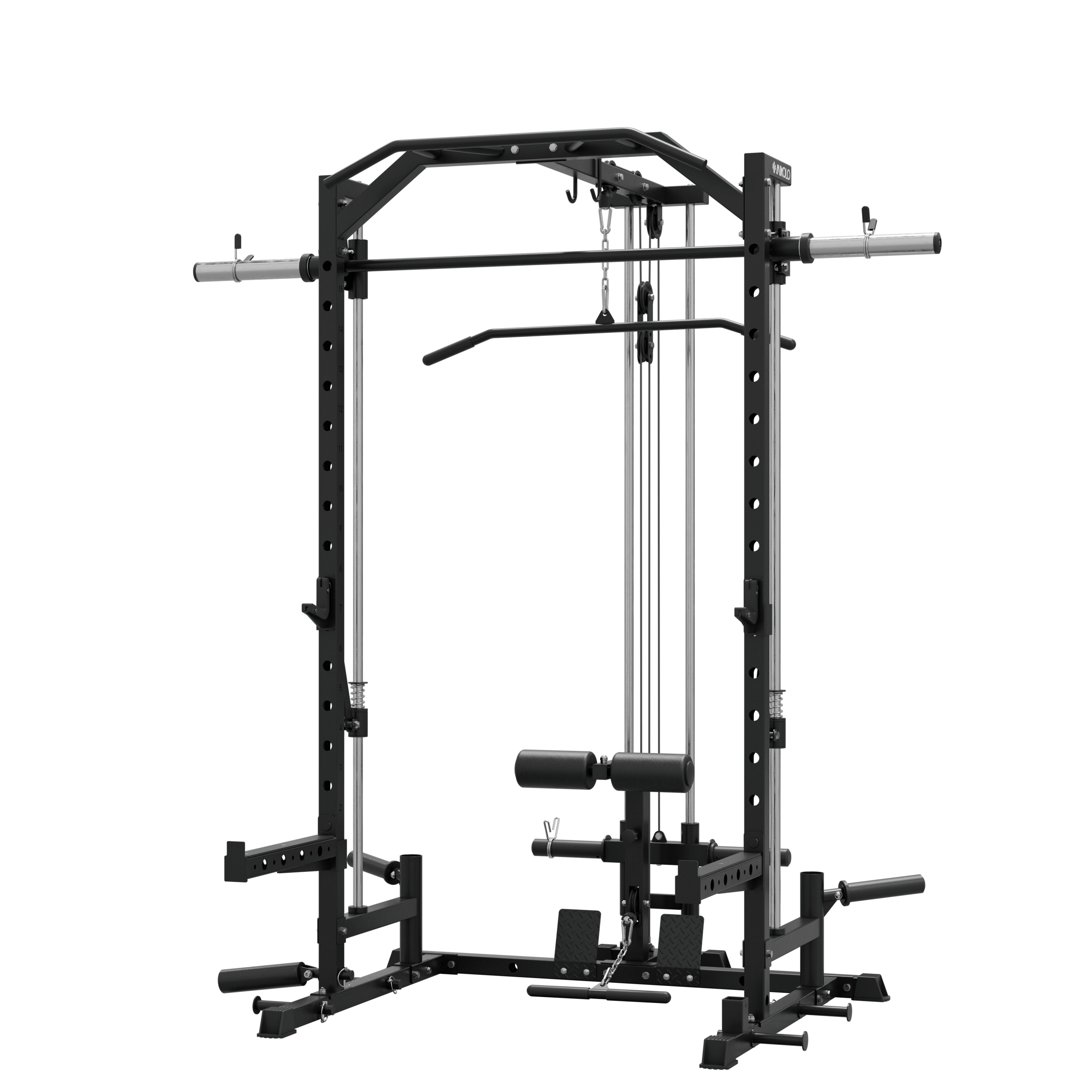
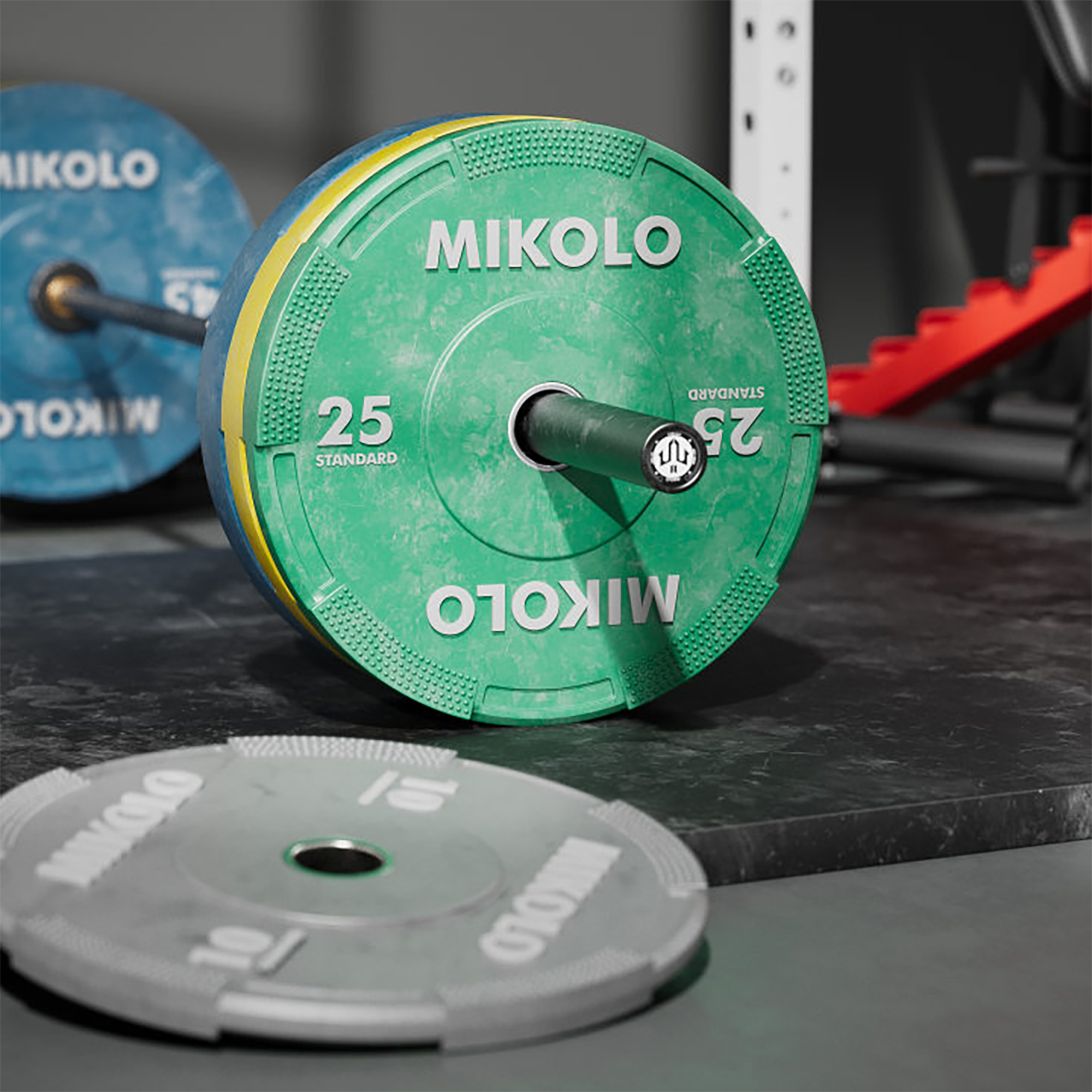
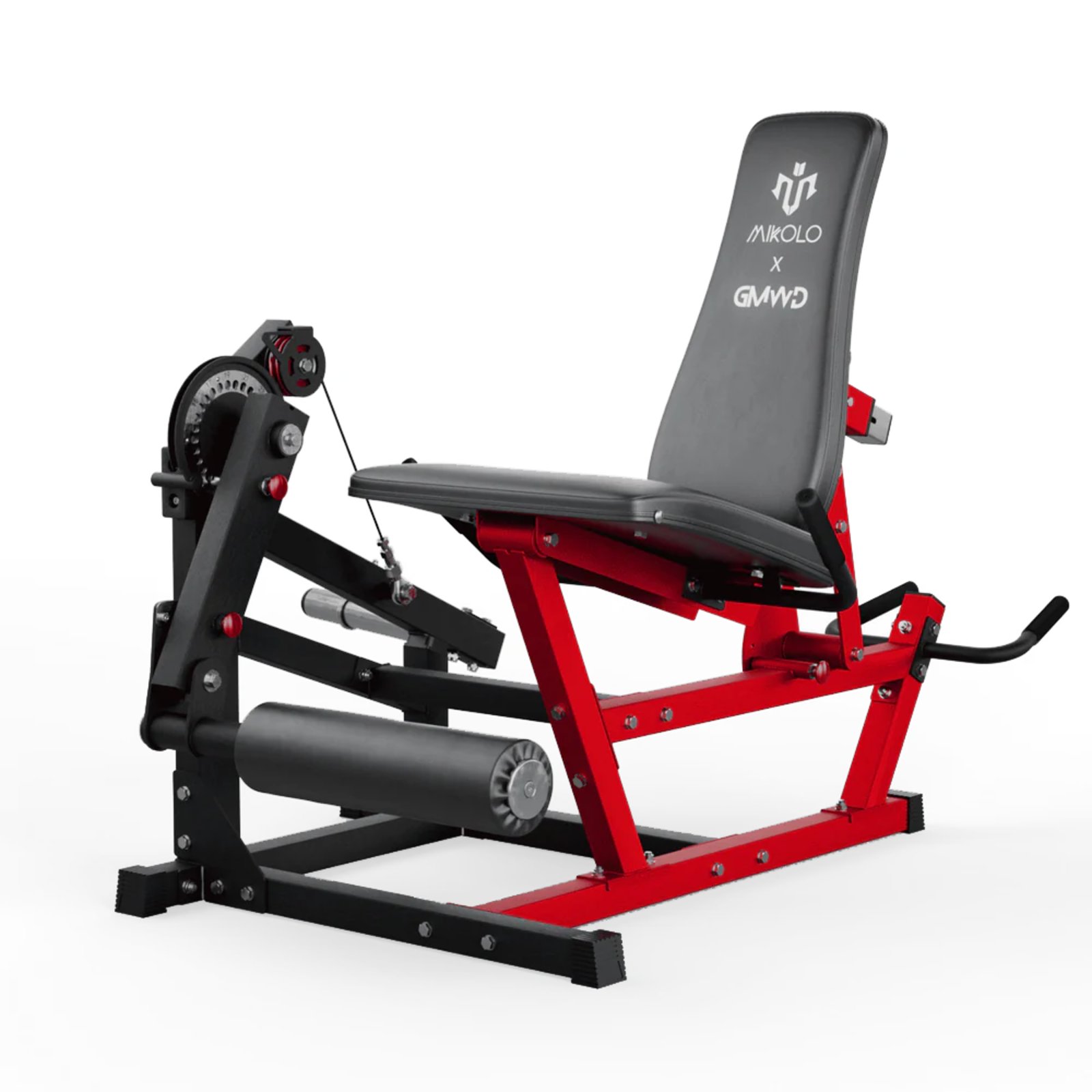
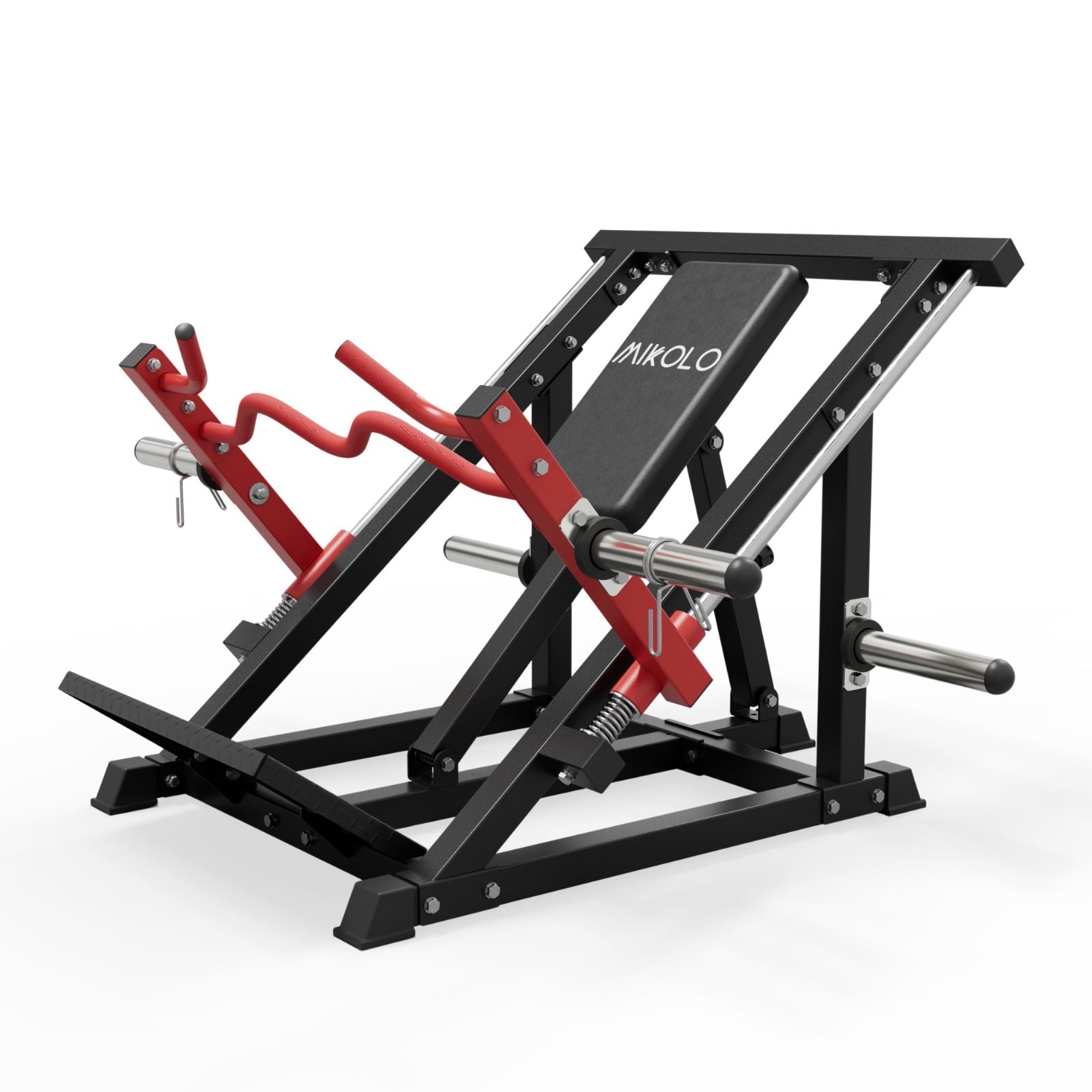

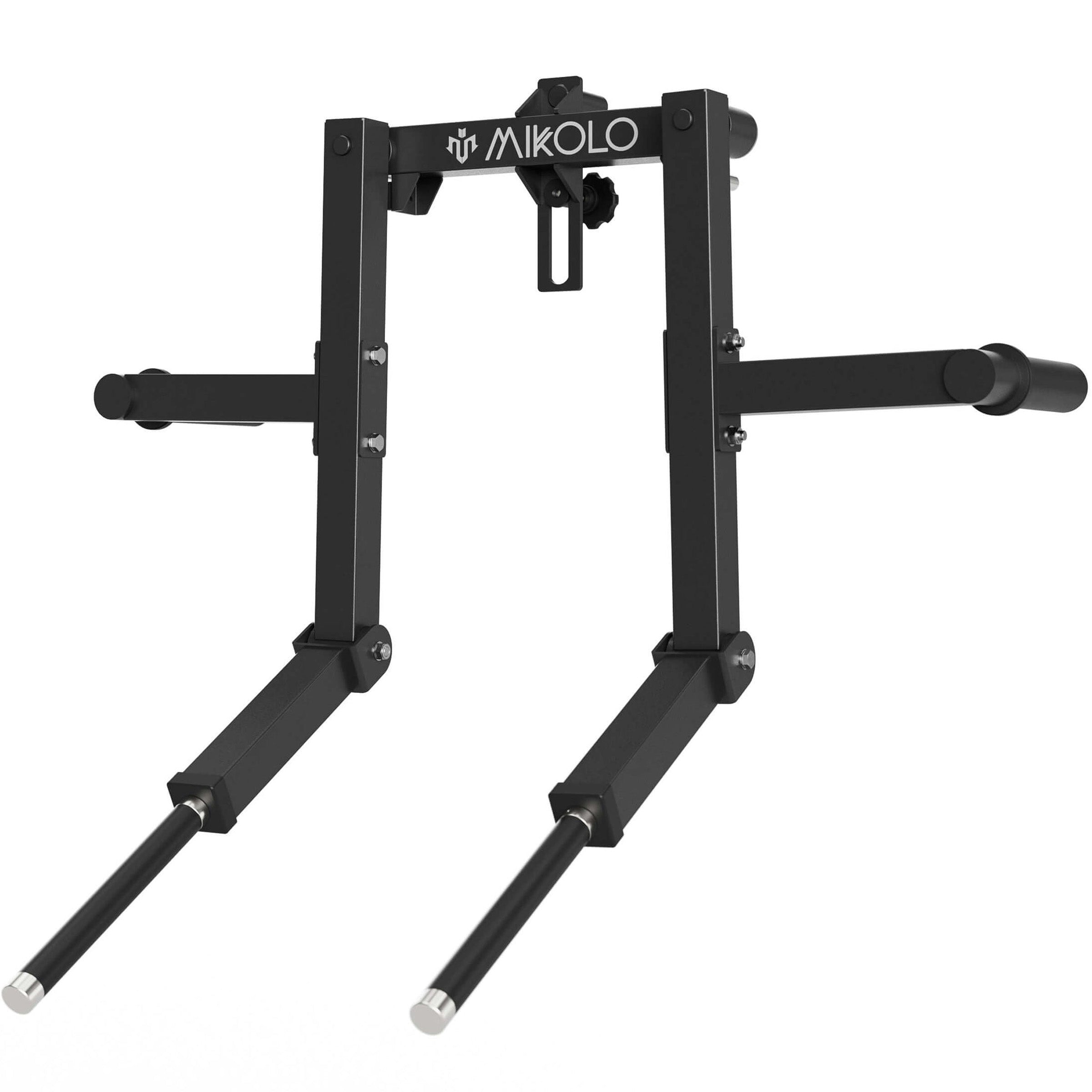


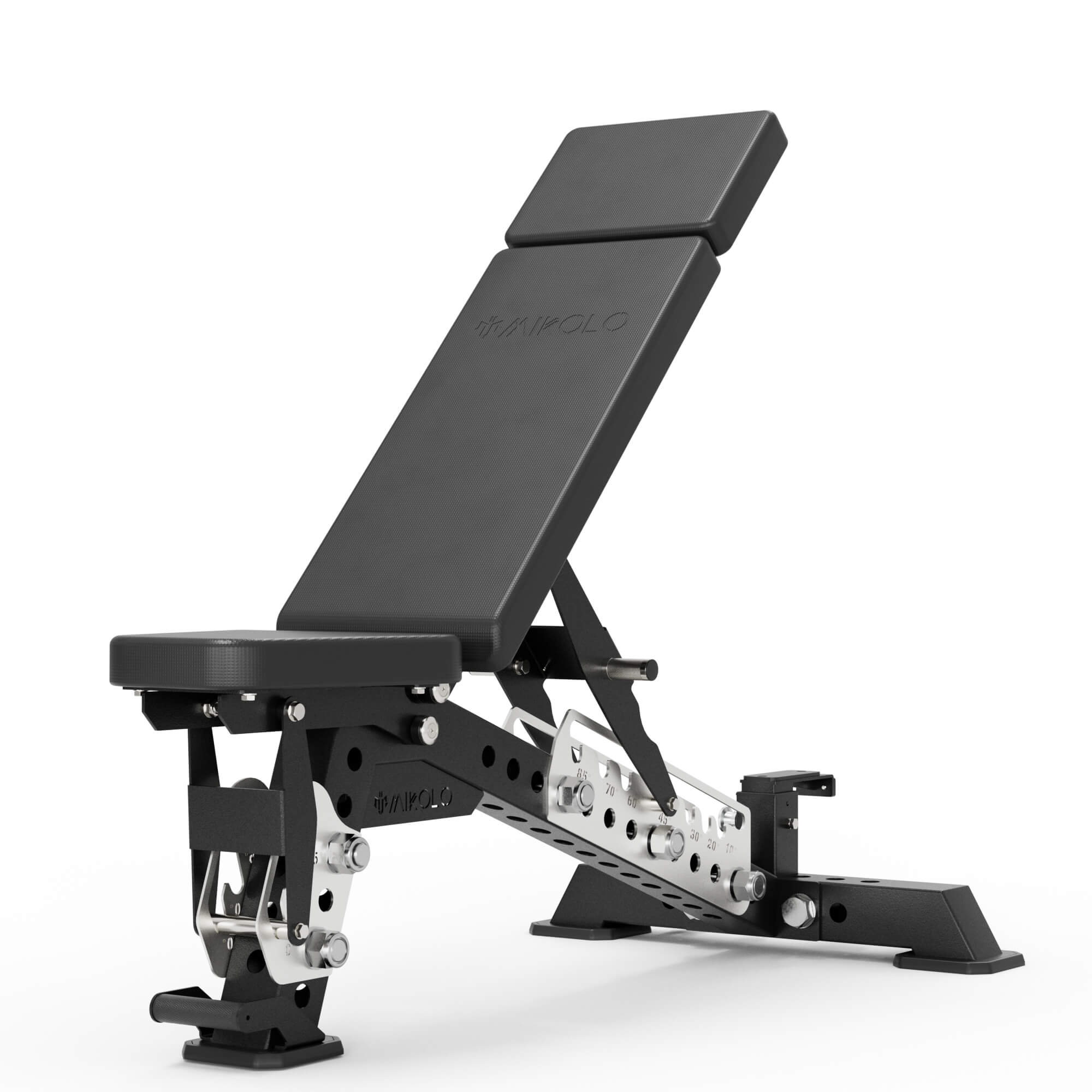
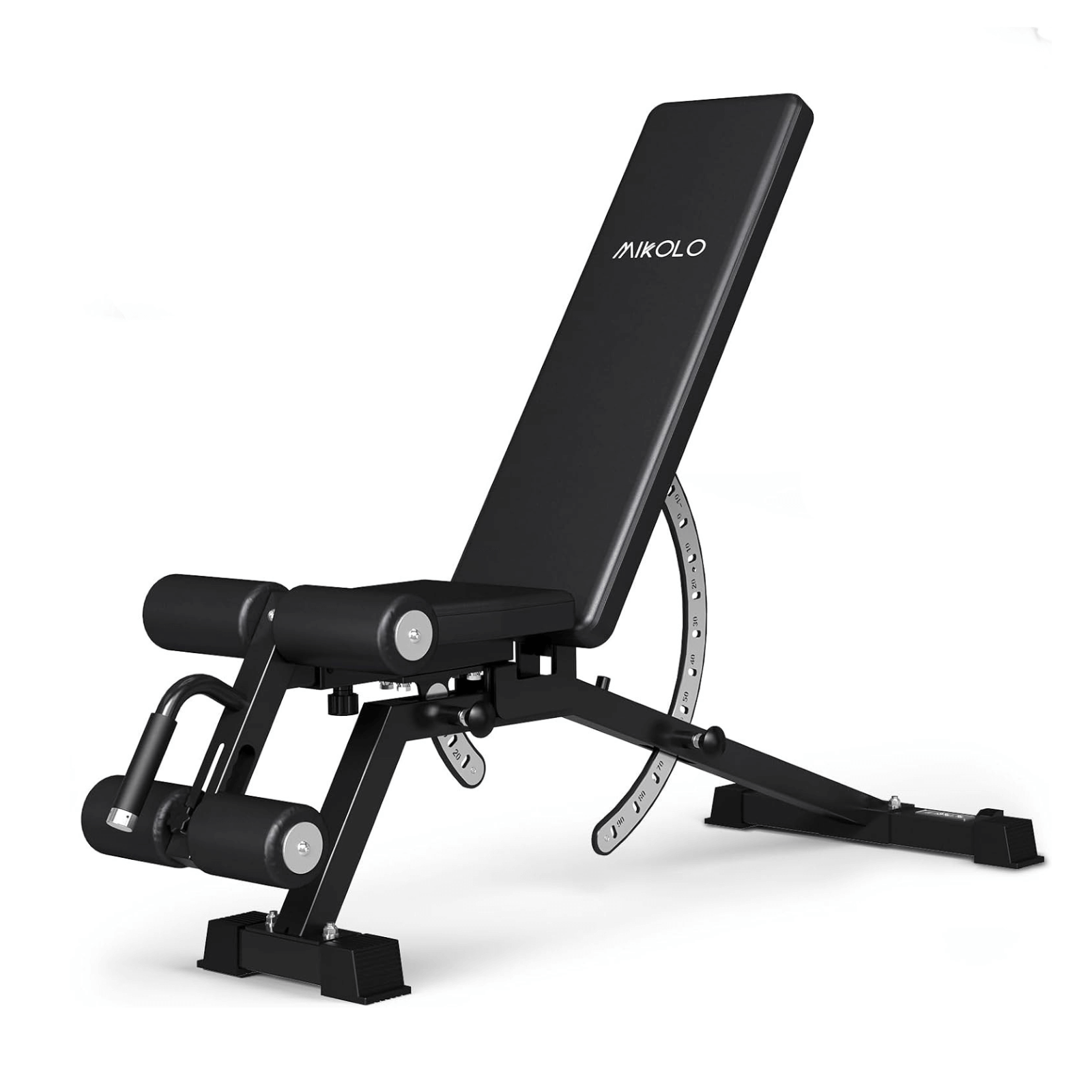
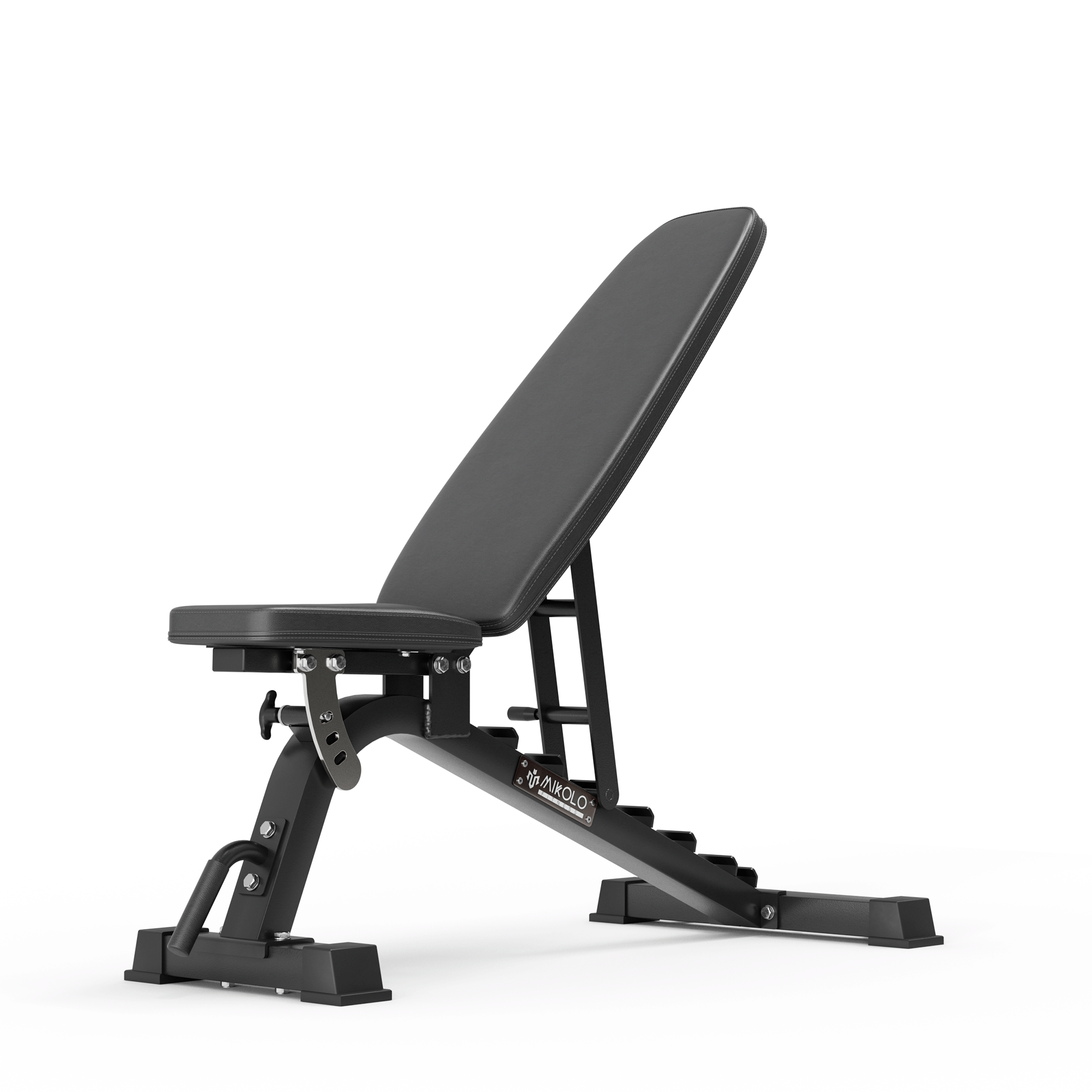
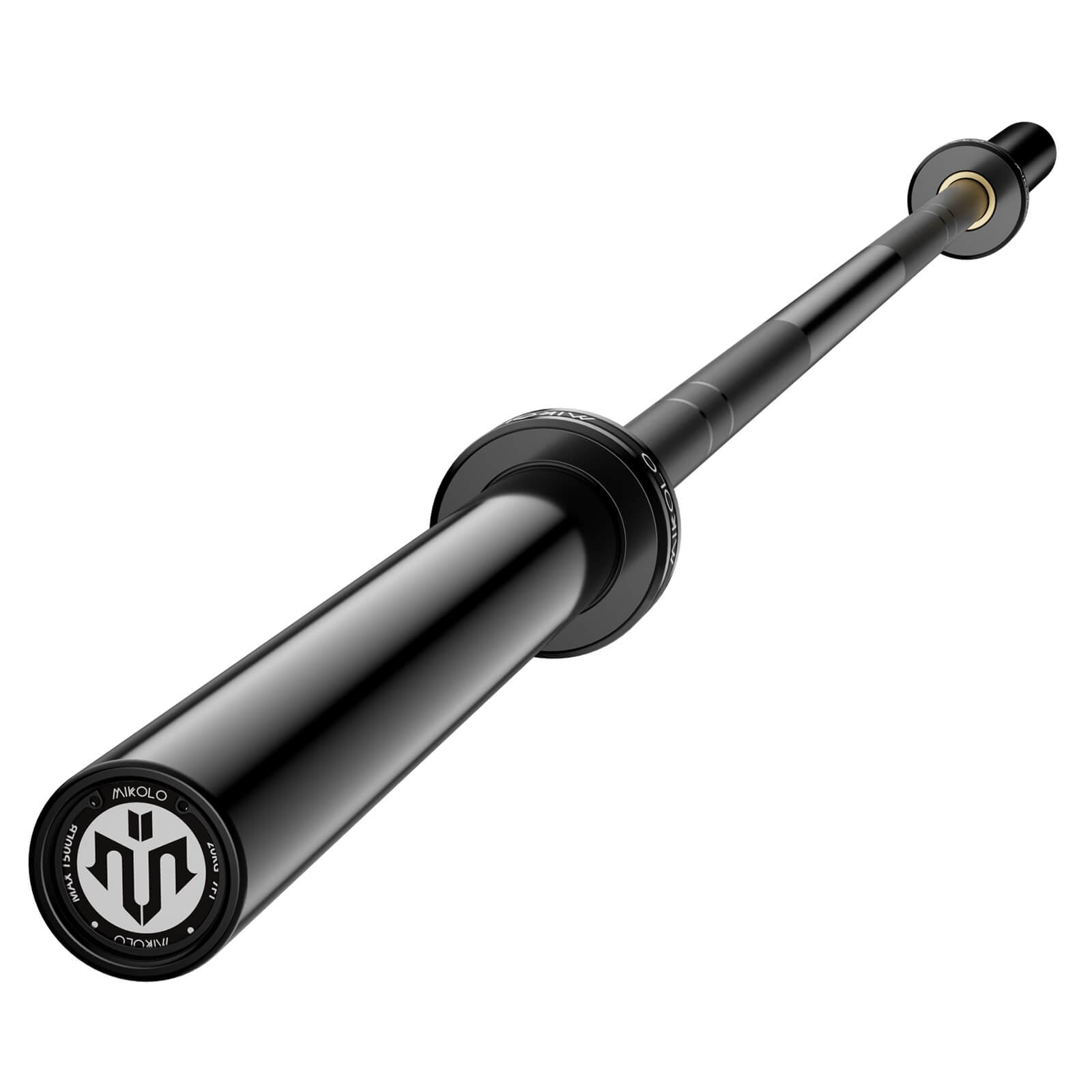
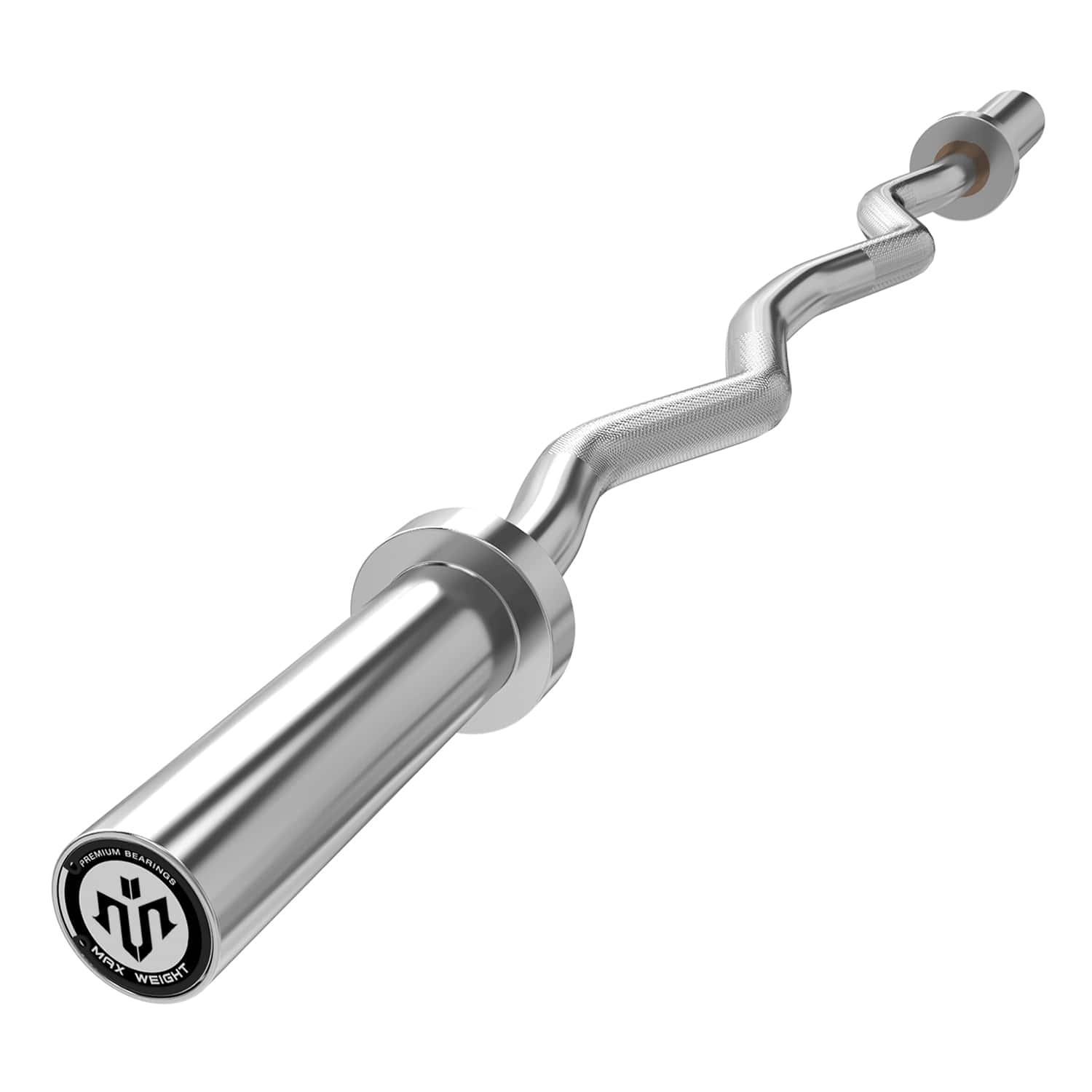


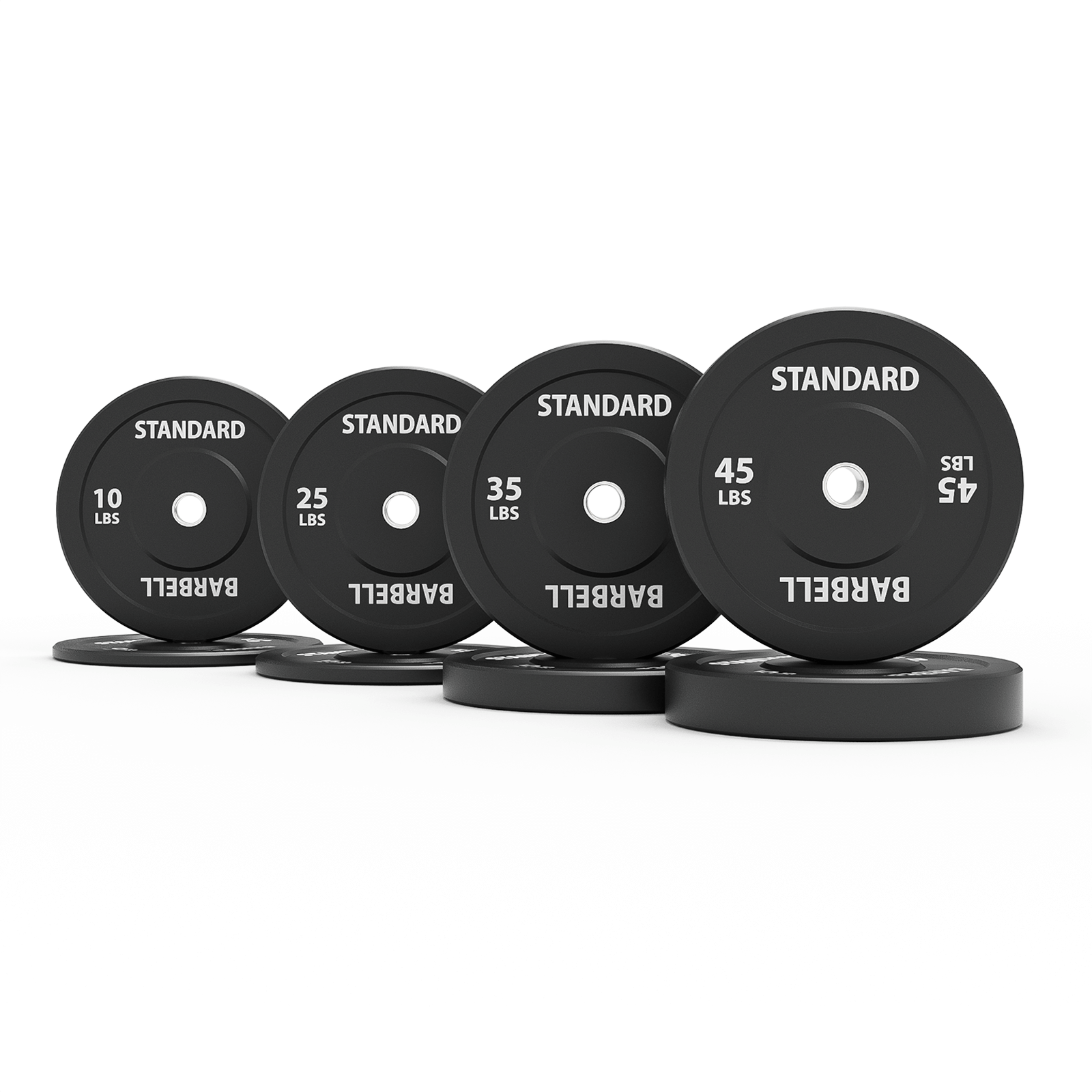




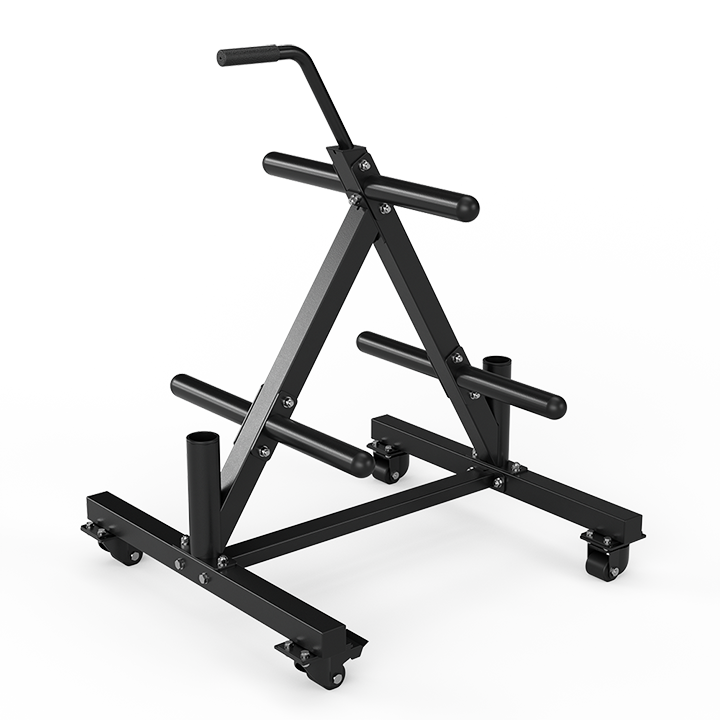
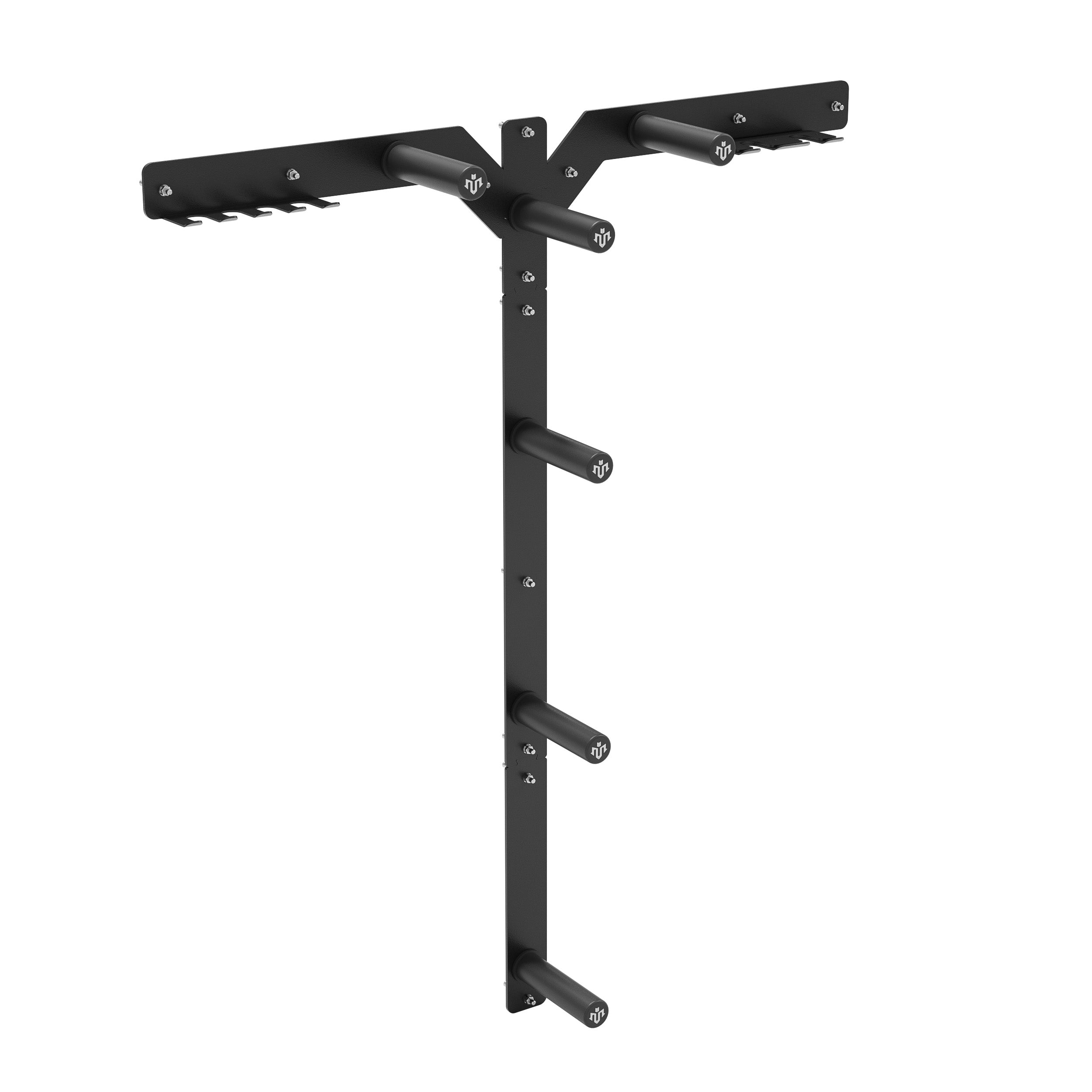
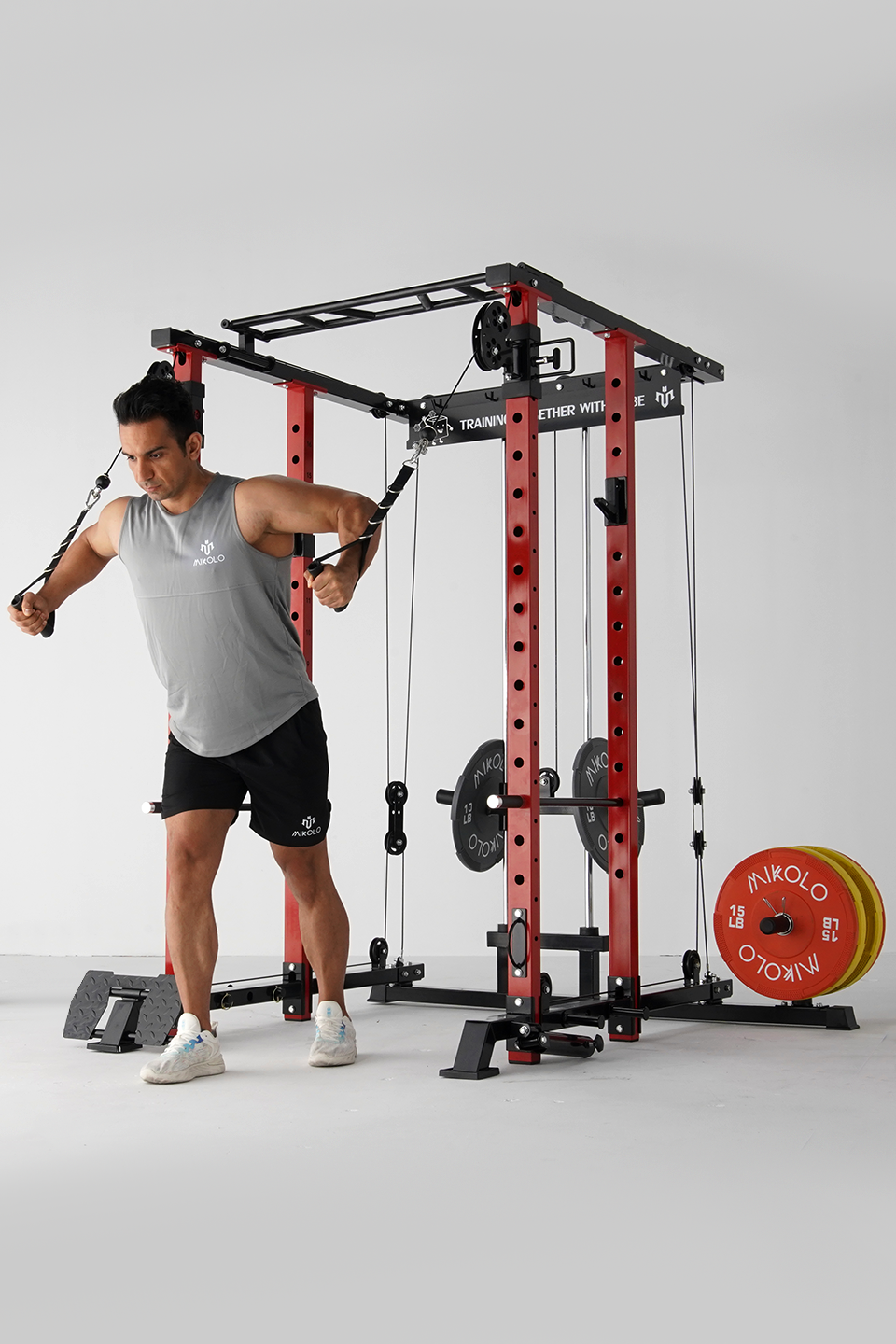



Leave a comment
This site is protected by hCaptcha and the hCaptcha Privacy Policy and Terms of Service apply.